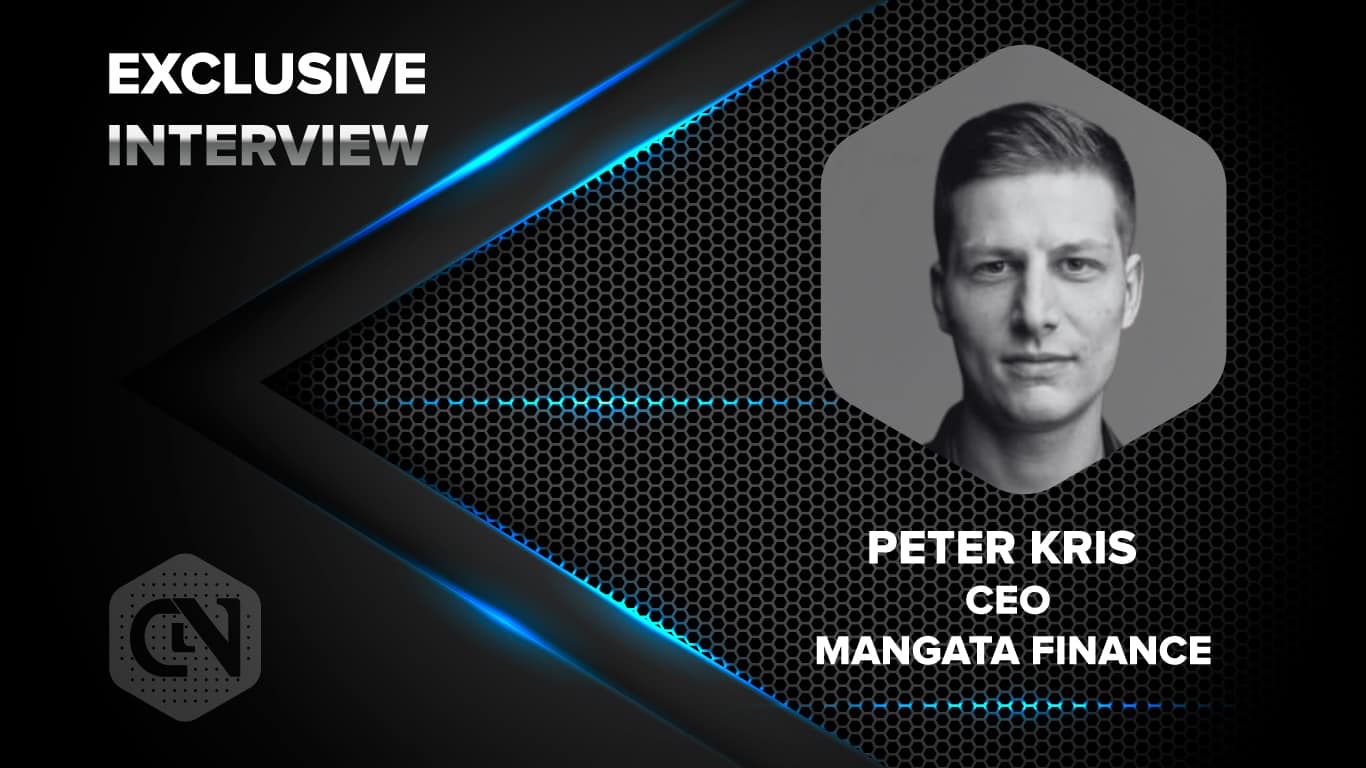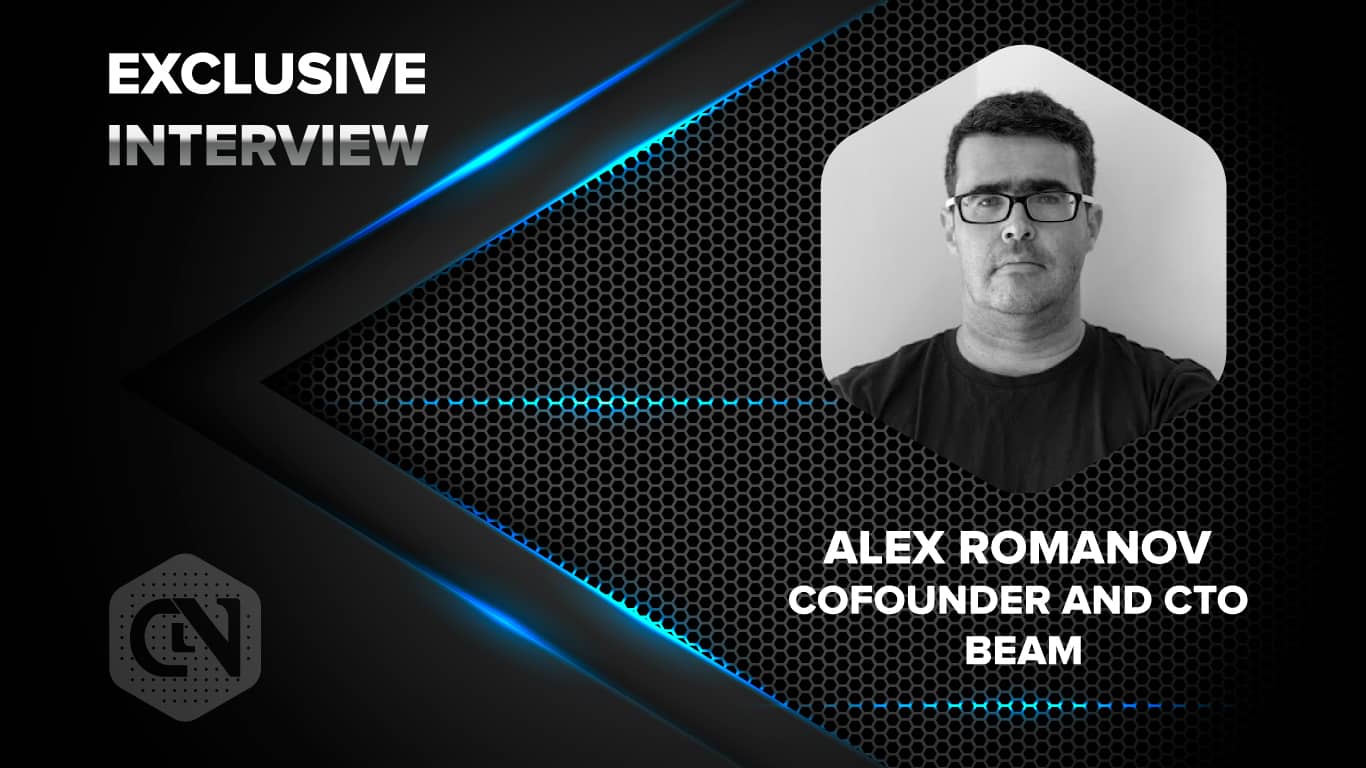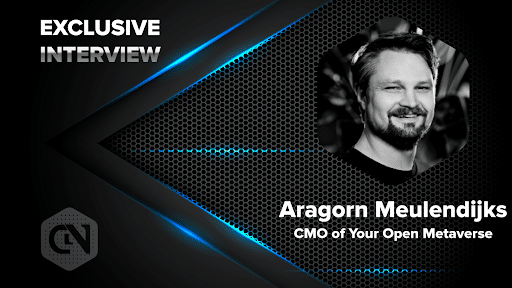Jack Lu, Co-founder and CEO, Wanchain spoke exclusively to CryptoNewsZ and discussed about Wanchain and its wonderful ecosystem.
Advertisement
Jack Lu is a prominent blockchain entrepreneur and technologist with 25+ years of industry experience to his credit. With his methodical and prudent leadership, he has helped Wanchain develop as a leading blockchain ecosystem that targets the financial industry by providing smart contracts, cross-chain transactions, and privacy mechanisms. Today, Wanchain is transforming the future of the finance industry phenomenally.
CryptoNewsZ: How did the idea of Wanchain originate? Who is the mastermind of this project?
I graduated from Peking University (China) with a degree in Enterprise Management. After moving to the US, I finished my Economics and Computer Science studies at Ohio State University. I got into Bitcoin in early 2012 as an investor, intrigued by the digital disruption happening right before my eyes. I also got into Ethereum in the early stages after going on a deep technical dive.
During this time, I was approached by David Johnston, and Paul Snow and Factom was born. After playing around with Ethereum and building out Factom, I decided to investigate a solution that would ultimately bridge all of the blockchains together. This is how Wanchain was born. The current ecosystem is composed of scattered blockchain systems operating in a complete silo. We need a solution to bridge them together, and that is exactly what I set out to do in early 2016.
Jack Lu
CryptoNewsZ: Which of your previous experiences appear to be most useful while working at Wanchain? Why?
Building Factom with David Johnston and Paul Snow is the best experience I had in the blockchain space. I was already well versed in the cryptocurrency space with my early investments in Ethereum and Bitcoin but building up a cryptocurrency enterprise-grade network early on, allowed me to understand the market a lot better and prepare for worst-case scenarios in this extremely fast-paced space. It gave me insight into how a blockchain company should function and how to overcome technical limitations rapidly.
Jack Lu
CryptoNewsZ: Please tell us about your project. What is its uniqueness? What are the newest protocols or technologies you use?
Wanchain was built on three pillars. 1) Smart Contracts, 2) Privacy, and 3) Interoperability. For smart contracts, we allow anyone to build applications leveraging our cross-chain technology (to use wrapped bitcoin, ether, and other digital assets) that are not available in a decentralized manner on other chains. We use privacy for untraceable transactions using Monero’s one-time addresses and ring signatures. Crypto payments are great but still in a nascent stage. We want to solve the payment privacy issue by giving users the option to send private transactions (paying salaries, subscription services, and more). Interoperability is the third and most important pillar. We built this solution from the ground up, and we are one of the first to bridge Bitcoin and Ethereum. The interoperability is not solely for public networks. We are also working with top enterprises to solve their interoperability needs. Wanchain has a dedicated team working on private blockchain solutions for companies. High tps, scalable, fully customizable private blockchains called “Lanchains.” More information about these enterprise integrations will be released in Q4.
Wanchain’s uniqueness can better be understood by breaking down the underlying technologies behind the cross-chain.
We use something called secure multiparty computation for the distribution of the private keys, thereby allowing connectivity between blockchains in a distributed manner. Our storeman nodes control the locked accounts on each respective chain.
Let’s take Bitcoin as an example. The original Bitcoin coins that wished to be used at Wanchain’s blockchain are locked by 21 nodes called “storeman” (each blockchain integration requires 21 nodes). Using something called “Secure Multi Party Computation,” we distribute the private key of the locked account amongst the different storemen nodes. Once we lock the BTC on its original chain, a proxy token (“Wrapped Bitcoin” or “WBTC”) is created on Wanchain. This WBTC is in its WRC20 format (same as ERC20) and can be seamlessly traded across Wanchain. Once you want to redeem it for the original locked BTC, the proxy token is burned, and a user can receive the original Bitcoin. There is no central party holding the original BTC. This is all distributed and soon enough will be completely decentralized. To recreate the private key for the locked account we use Shamir’s secret sharing scheme, and only K number of nodes need to be live (e.g., not every node that was live during the locking of the asset needs to be live again, just a percentage). This also avoids collusion in the future whereby we will integrate strict economic rules to disincentive any nodes from colluding once Wanchain is fully decentralized.
This is how we achieve decentralized transfers of cross-chain assets, and you can even think of the “Casino Analogy.” When you’re in a casino, you deposit your funds and receive different “chips” representing the total value of what was deposited. You use these chips within the casino and redeem them for fiat when you are done transacting.
Jack Lu
CryptoNewsZ: Tell us about the Wanchain wallet and how secure it is? Which digital currencies does it accept?
Wanchain’s wallet is based on Ethereum’s “mist” wallet except we’ve added a number of ERC-20 tokens, BTC and ETH as cross-chain assets. You need a keystore and password to gain access.
There is no option to extract the private key, so users don’t need to worry about losing them to intruders through “keyloggers” or other malicious software. We will also add EOS and future asset integrations to the wallet, including Wanchain NFTs (non-fungible tokens) and cross-chain NFTs.
Aside from this, we have just released a “light” wallet (one that does not need to sync all the blocks), a new explorer and we have an upcoming mobile wallet launch.
Jack Lu
CryptoNewsZ: If you could jump into a time machine, go back in time, and change one aspect of your past, what would it be, and why?
Well, like most people in the industry, first I’d tell myself to buy more Bitcoin and Ether 😉
Also, I really enjoy being an entrepreneur and working in the startup world. I spent many years working for large corporations and wish I would have jumped into the entrepreneurial world sooner.
Jack Lu
CryptoNewsZ: Is there any network specific condition for using blockchain technology in an organization?
There are a number of specific conditions that justify the use of blockchain. Blockchain is, in simple terms, a distributed data structure where transactions are verified by nodes. Not all distributed data structures are, however, “blockchain.” Blockchain also relies on nodes coming together and reaching consensus on how transactions should be processed, unlike other distributed data structures. If an organization is running a blockchain for internal proceedings, it might not make much sense.
In any instance, if an organization needs to structure data in a secure and transparent manner, blockchain is usually the right choice. If you are, however using blockchain for a vending machine, it is a different story.
A number of projects have been building blockchains within organizations in these industries:
a. Supply chain
b. Payments
c. Identity
d. IoT
Jack Lu
CryptoNewsZ: What makes you relax after a long hard-working day?
I like to exercise after a long workday, whether it’s playing tennis outside or exercising at home. It helps me to keep my mind and body sharp. I also enjoy spending time with my children and wife. We like to watch movies or spend time outside.
Jack Lu
CryptoNewsZ: Finally, what’s in the roadmap for 2019-20? How are the ongoing projects progressing? What updates are in store for Wanchain wallet?
Wanchain’s Galaxy Proof of Stake is one of the big things to look forward to. Inspired from Cardano’s Ouroboros, we developed a much faster and decentralized chain. We just released the research paper for Galaxy consensus protocol on March 31st. This research paper describes the mathematics and cryptography behind our Proof of Stake solution. We also released the node requirements (staking ratio, amounts, delegation) some months ago.
Our next big milestone is our EOS integration. We initially told the community during the Wanchain Community Conference Call about our upcoming integration, and we’re excited to release it. We’re the first project in the space to have bridged BTC, ETH, and EOS, thus proving (once again) that our cross-chain mechanism works across any blockchain (private or public). Our next exciting milestone will be the release of Wanchain 4.0. Wanchain 4.0 is going to play an important role towards our main goal of “bridging traditional finance to crypto finance.”
We joined Hyperledger and Enterprise Ethereum Alliance (EEA) to work on open source interoperability projects and co-lead interoperability standards development with the EEA. As one of the top leaders in the space, we will continue to join forces with important projects, companies, and consortia.
The technical team is also currently making vast improvements to our cross-chain mechanism, to allow faster and cheaper transactions to take place across chains. Right now, the Bitcoin bridge (Bitcoin – BTC – Wanchain – WBTC) takes about 12 minutes, but with the improvements we expect them to take less than a minute (even seconds!). The team has already accomplished instant cross-chain transactions between Ethereum and Wanchain using State Channels. This is currently being done in testnet, but we expect to release a working version on mainnet in the near future.
Jack Lu







